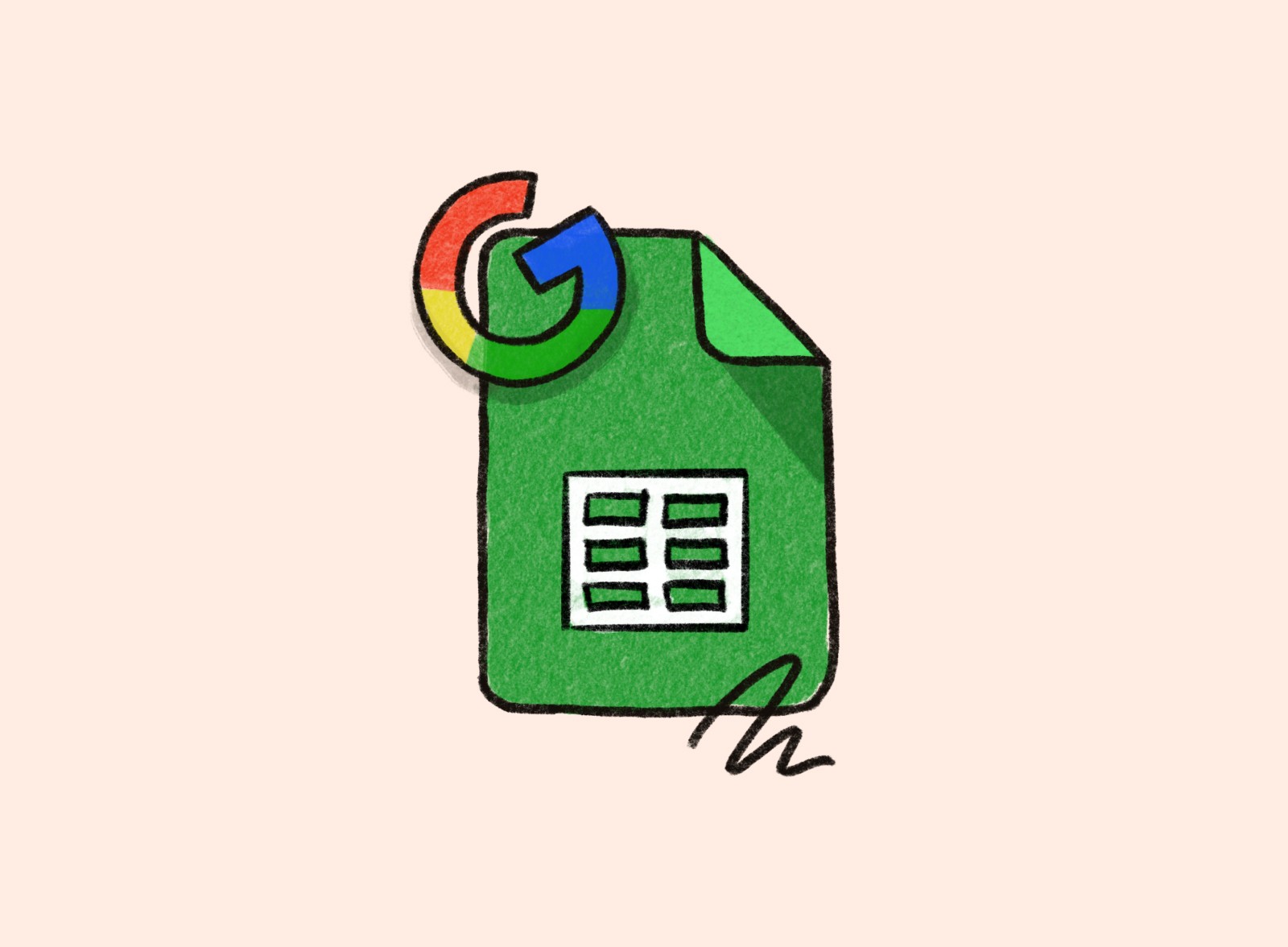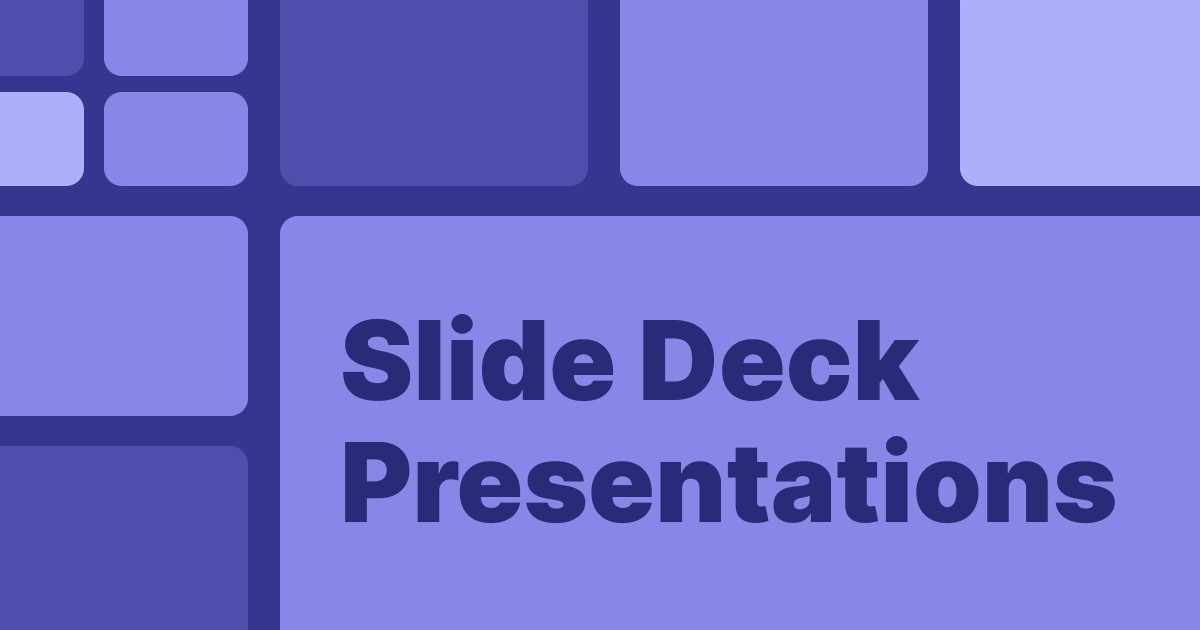10 MIN READ
•
Design
How to combine colors with confidence
Making timeless color combination decisions and stop blindly picking colors

How to combine colors
In part one of choosing colors, you learned how to pick a timeless color from scratch. We even gave those handpicked colors names so you can reference them more easily to people you share them with.
If you didn’t read that issue, I recommend reading that first.
Today, I’ll show you how to combine your base color from part one, helping you to make better color decisions. Even if you’re a self-proclaimed minimalist.
Think about colors from first principles
If you were to break down colors using first principles, the rainbow’s six colors—minus Newton’s Indigo—are the perfect place to start. The color wheel is based on the rainbow itself, and it shows us some very basic ways that colors can interact.
The three primary colors—red, yellow, and blue—combine to make three secondary colors—orange, green and purple. Those six colors all combine to make six more colors, and every other color imaginable. Wild!
The colors in the color wheel are considered to be in their untouched, pure state. Meaning, they are fully 100% saturated, and high-contrast. Bright as hell, and hard to work within this state.
This is where it gets tricky. While technically you could pluck colors from the wheel and mash them together, it usually won’t work because everything is at 100% saturation. They are all fighting for your attention. It’s like a bunch of toddlers screaming in unison, “Pick me! Pick me!”
So remember this: the color wheel represents the full-color spectrum where everything sits at 100% saturation.
Three core principles to color
Speaking of saturation, that’s one of the principles that make up color. But first let’s talk about Hue, which happens to be the same name as one of my favorite actors. Not, Hugh Grant. The other Hugh. Wolverine Hugh.

Hue, Saturation, and Value
Hue
Hues are the individual colors found in the color wheel. As pure as a glass of wine siphoned directly from an oak barrel.
In most software that contains a color picker, you might see this resemble a horizontal line, filled with many different colors. These are hues.
Imagine a color wheel cut in half and laid out in a straight line. This is what you normally see in color-picking tools like Figma or Google Slides.

Saturation
Back to saturation. Saturation is how much intensity you see in a particular hue. The less saturation, the less colorful it becomes. 0% saturation is considered grayscale.
In many design tools, you might see a color picker like this.
To adjust saturation, you’ll slide the cursor horizontally from left to right. The right side is 100% saturation, while the left side is 0% saturation.

Value
The third part to color is value. Value is how much light or dark is hitting the hue itself. Also known as tint and shade.
Imagine a splotch of purple paint. 100% fully saturated purple. Now add white paint little by little to it, and it becomes 100% white over time. All of those baby steps between the purple splotch and pure white are its value.
It goes both directions though. Add black paint little by little, and you’re adding shade to it, but in the best kind of way. You’re affecting its value in the same way.

Why do these three principles matter? To find ways to combine colors, we need to manipulate their properties, using hue, saturation, and value.
For example, since we don’t want to combine two rainbow colors fighting for attention, we need to change the properties of one or both to help them play nice.
By changing the hue, saturation, or value, you can bring peace to two colors that look like they’re about to get into a bar brawl.
Strategies to combine colors
Finding beautiful color combinations is part intuition and part theory. We spoke about intuition in part one, in how we selected our main color.
Finding color harmony between two or more colors can be easily done by using a few methods I share below.
Once you find a color combination that speaks to you, you’ll have some constraints that provide an infinite number of combinations
Monochromatic combinations
This is the easiest way to add depth to your initial color. It’s easiest to open your color inside a design tool like Figma, and select a hue. (Which is also any color on the color wheel)
Then, just drag the cursor around the square box and select another variation of that same color, either by desaturating it, or picking one that’s lighter or darker. (Tint or shade)
As long as you stay within the same hue, you can pick any variation and know it’s going to work well together.
Tip: It’s recommended to pick three variations from your base color. From the base color, I usually select a lighter tint and a darker shade to give me some flexibility.
Here are some examples of monochromatic colors:

Complementary combinations
Complementary colors sit opposite each other on the color wheel. So, take your first color and grab a color opposite of it.
These two colors will have high contrast when sitting next to each other.
Tip: Using these colors at 100% saturation is not recommended. Like a live band, you need a lead singer and a backup. One of your colors should play a backup role so it’s not competing too much with the base color.
Here are some examples of complementary color combinations:

Analogous combinations
Analogous colors sit next to each other on the color wheel. These are often easy to work with, as long as you maintain one dominant color. Use the others as accents or by adjusting the saturation and value to calm them down.
Tip: Using your main color, pick two more colors that sit next to it. Pick one as your base color, and change the saturation and value of your others to play a backup role, or limit their use.
Here are some examples of analogous color combinations:

Choosing a single color is difficult, but using a few simple principles to combine colors can add depth and personality to your websites, newsletters, and businesses.
Join 3,800+ solopreneurs & professionals who are:
Building trust with personalized branding
Increasing sales with premium packaging
Creating clear offers that convert
Get dollar-driven design tips in your inbox 2-3x a week.
More Posts


























